The Moon has a rich history that spans billions of years. Here’s an overview of the Moon’s history:
- Formation: The leading theory suggests that the Moon formed about 4.5 billion years ago as a result of a giant impact between a Mars-sized body called Theia and the early Earth. The impact ejected a large amount of debris into space, which eventually coalesced to form the Moon.
- Early Bombardment: After its formation, the Moon experienced a period of intense bombardment known as the Late Heavy Bombardment. During this time, around 3.9 to 3.8 billion years ago, the Moon was bombarded by asteroids and comets, leaving behind numerous impact craters on its surface.
- Volcanic Activity: Between 3 and 4 billion years ago, the Moon was volcanically active. Lava erupted onto the surface, filling large basins known as maria, resulting in the smooth, dark areas visible on the Moon’s near side.
- Cooling and Solidification: As volcanic activity subsided, the Moon gradually cooled and solidified. The majority of lunar geological activity ceased, and the Moon’s surface evolved under the influence of meteoroid impacts and occasional volcanic eruptions.
- Lunar Highlands: The lighter-colored regions on the Moon’s surface, known as lunar highlands, consist of ancient crustal rocks that are thought to have formed around 4.4 to 4.2 billion years ago. These highlands contain impact craters and rugged mountainous terrains.
- Lunar Samples and Missions: The study of the Moon’s history was greatly advanced by the Apollo lunar missions from 1969 to 1972. Astronauts collected samples from various locations on the Moon and brought them back to Earth. These samples provided valuable insights into the Moon’s composition, age, and history.
- Lunar Evolution: Over time, the Moon’s geological activity continued to diminish. Its surface has been further shaped by micrometeorite impacts, thermal cycling, and the influence of the Earth’s gravitational forces.
Today, the Moon remains an object of scientific interest and exploration. Numerous robotic missions have been sent to the Moon to study its geology, composition, and potential for future human exploration and colonization.
Understanding the Moon’s history helps scientists gain insights into the early Solar System and Earth’s own evolution, as well as provides a foundation for future lunar exploration and research.





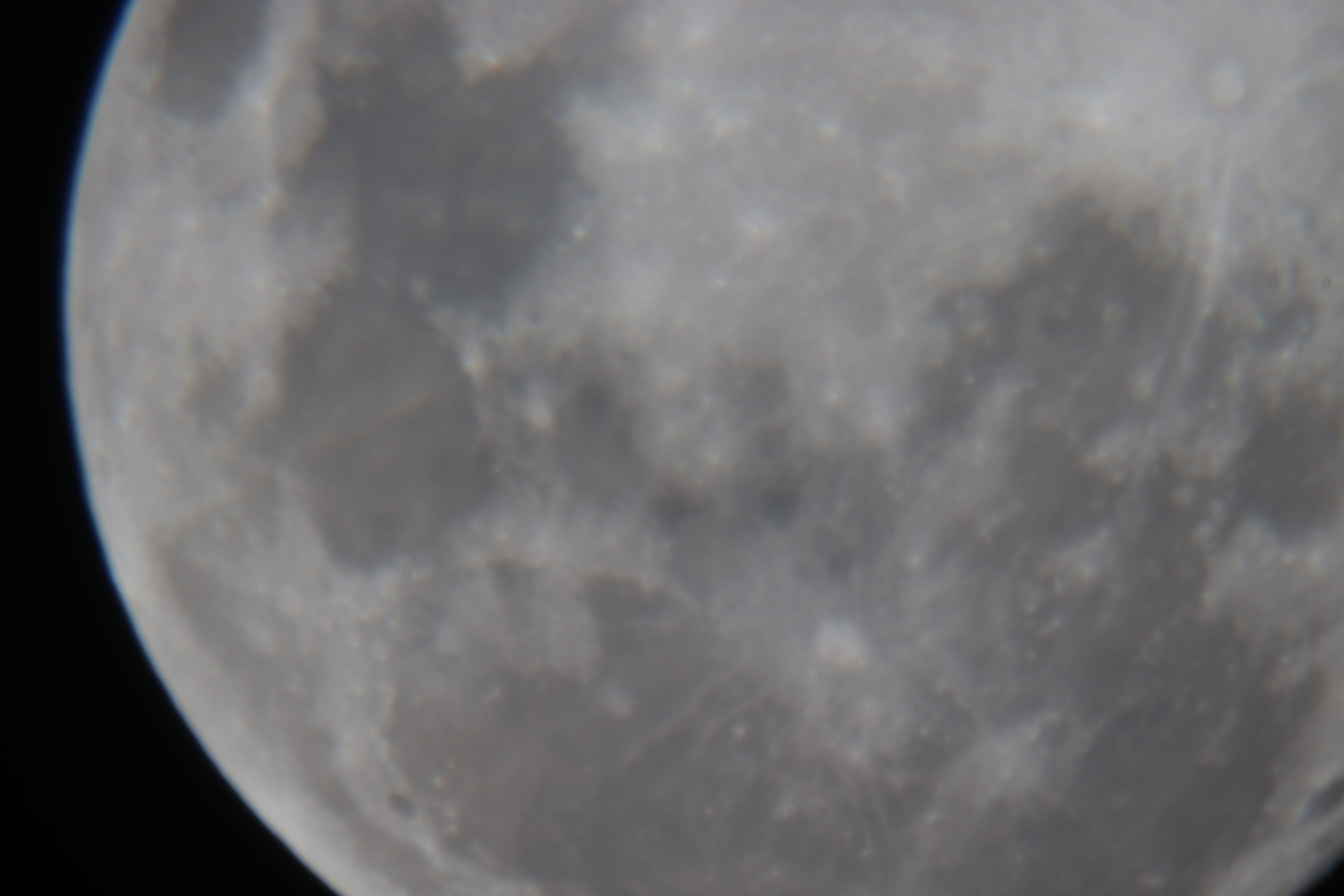







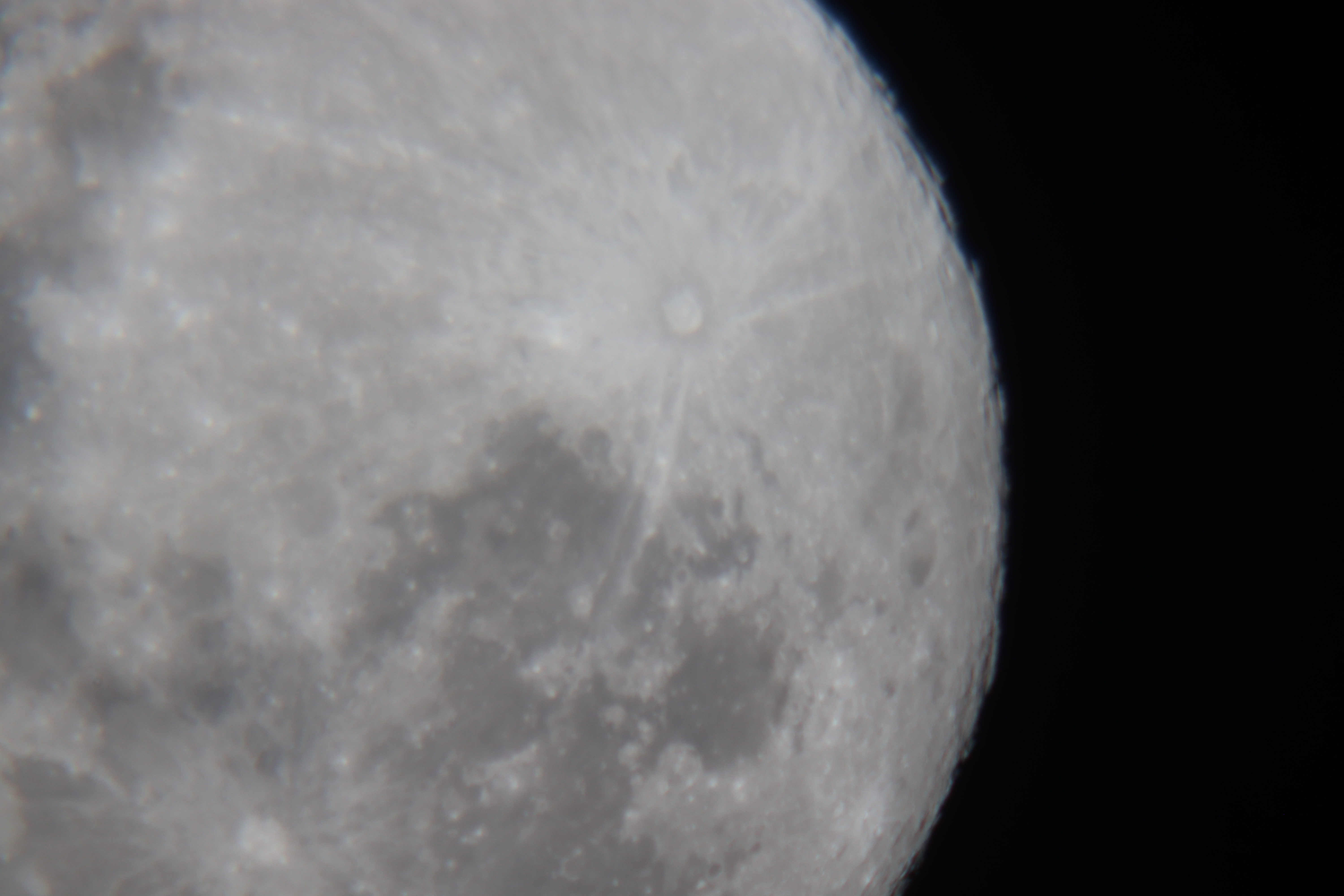
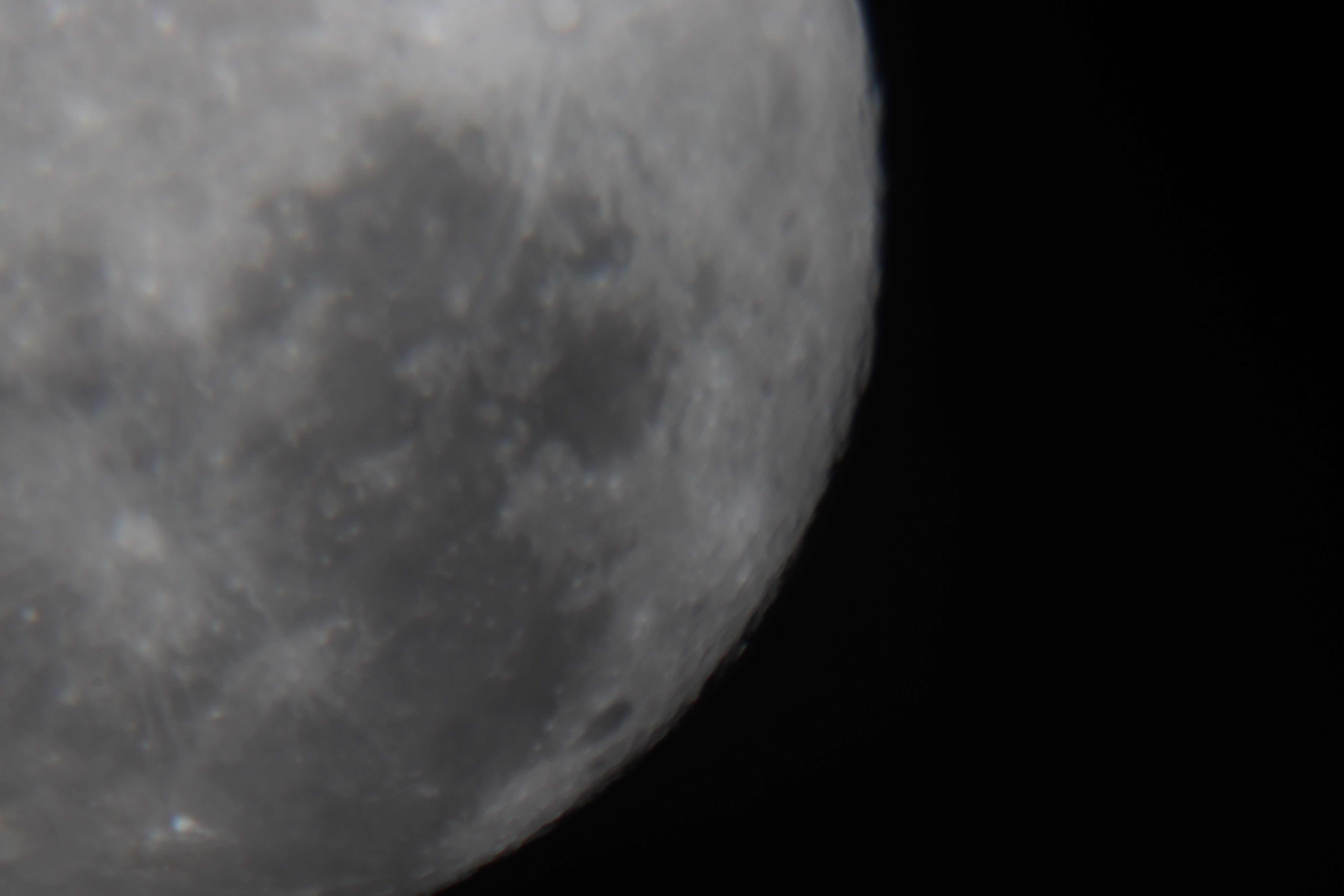






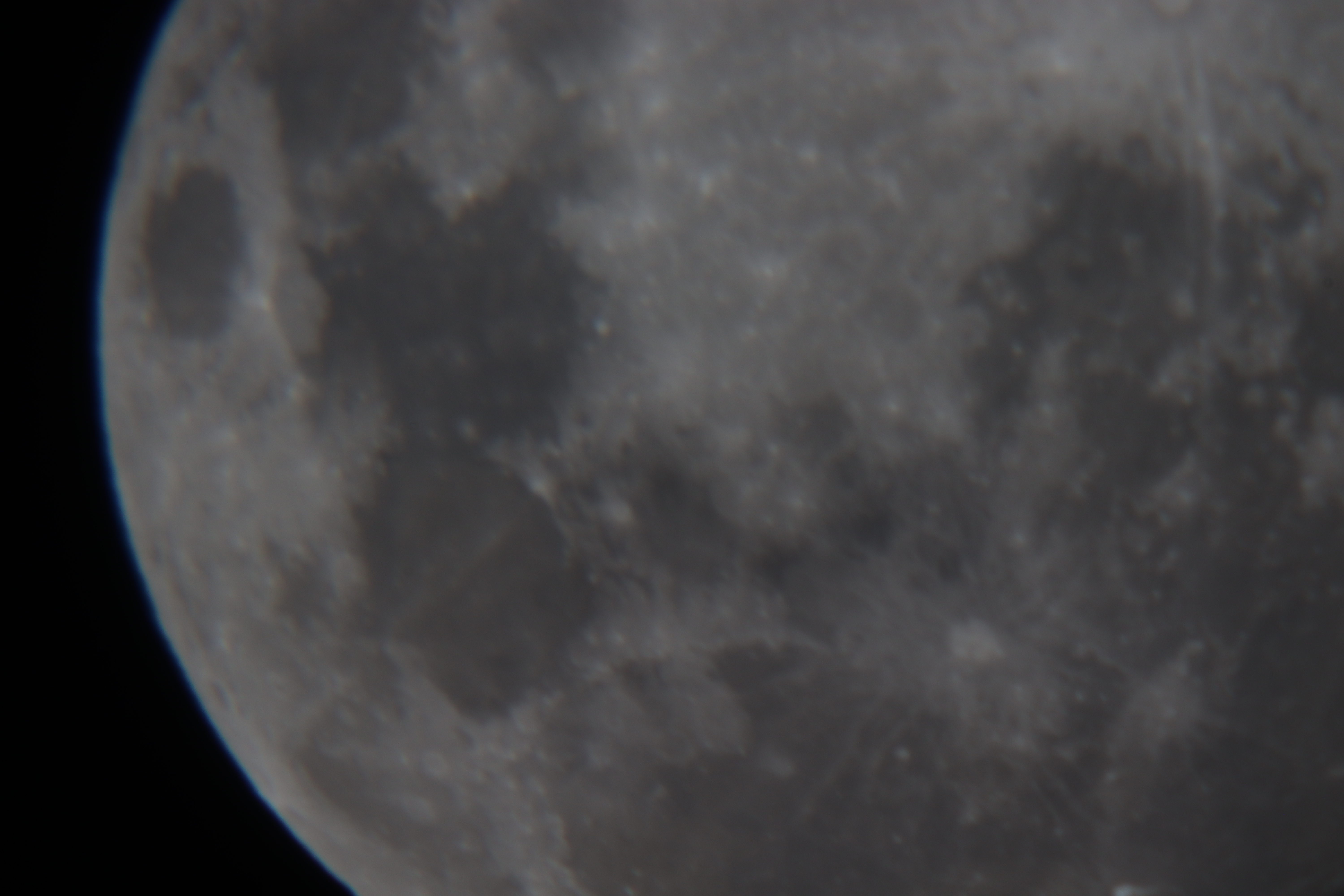
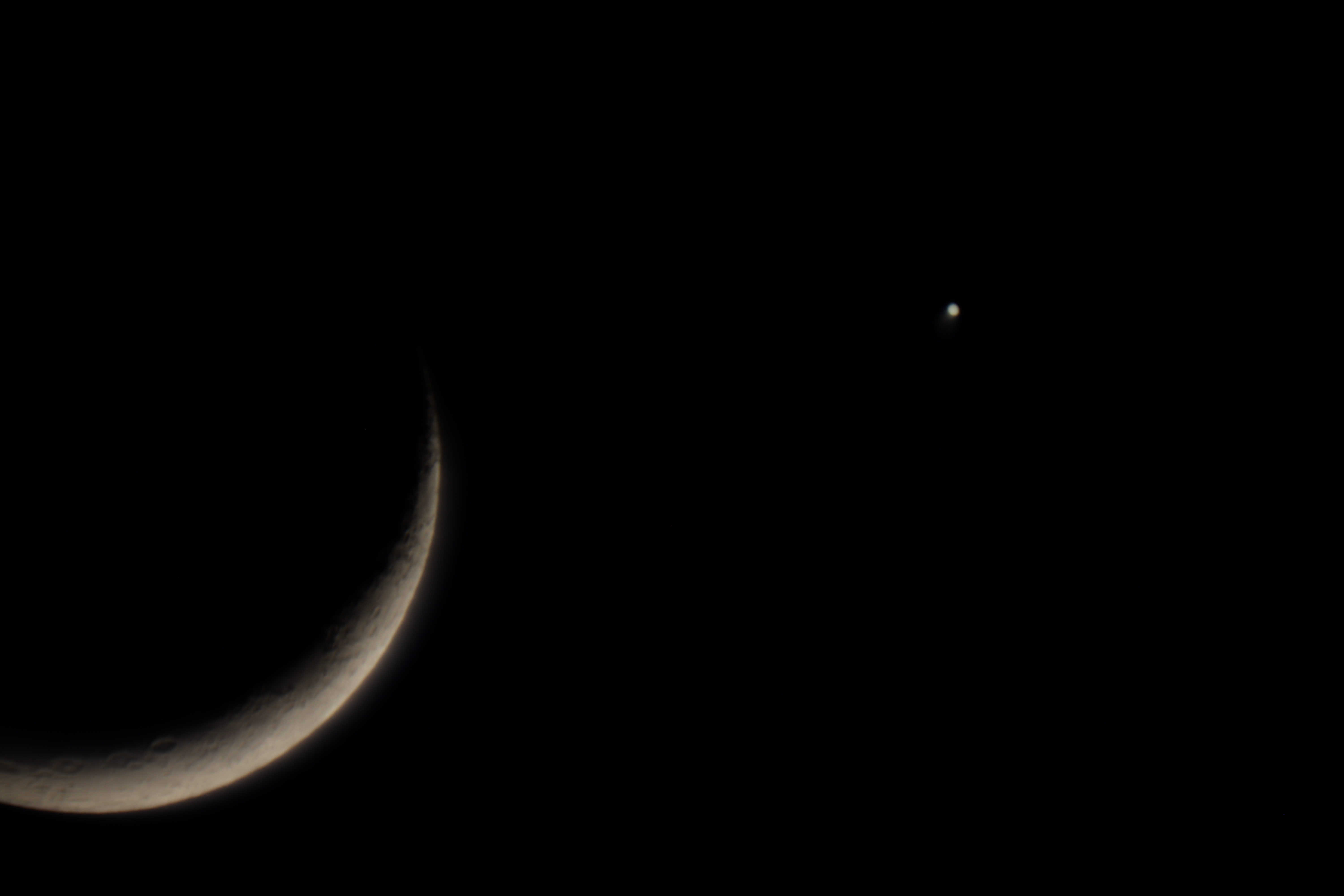




Thank you for your sharing. I am worried that I lack creative ideas. It is your article that makes me full of hope. Thank you. But, I have a question, can you help me?
Thank you for your sharing. I am worried that I lack creative ideas. It is your article that makes me full of hope. Thank you. But, I have a question, can you help me?
Your point of view caught my eye and was very interesting. Thanks. I have a question for you.